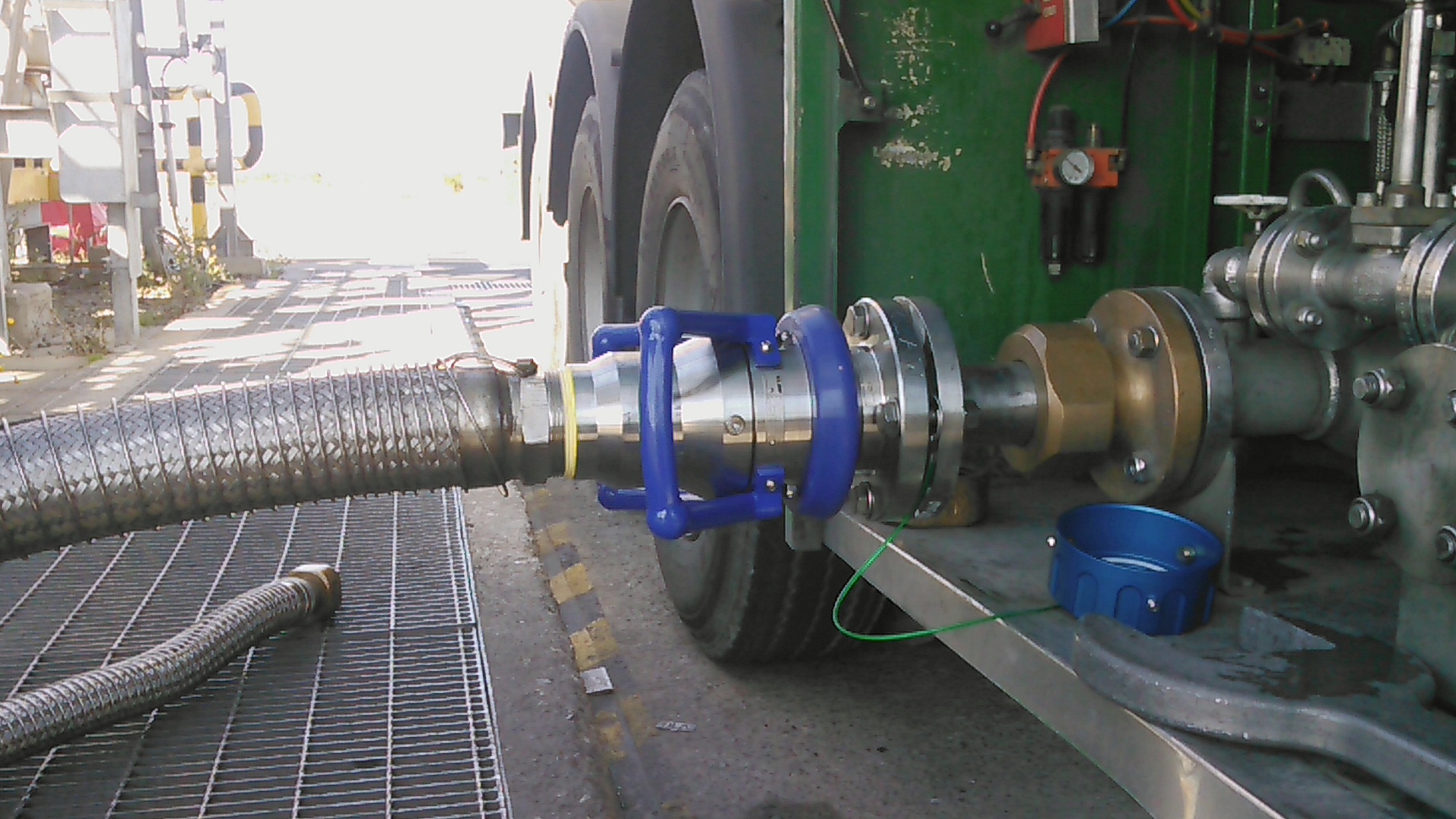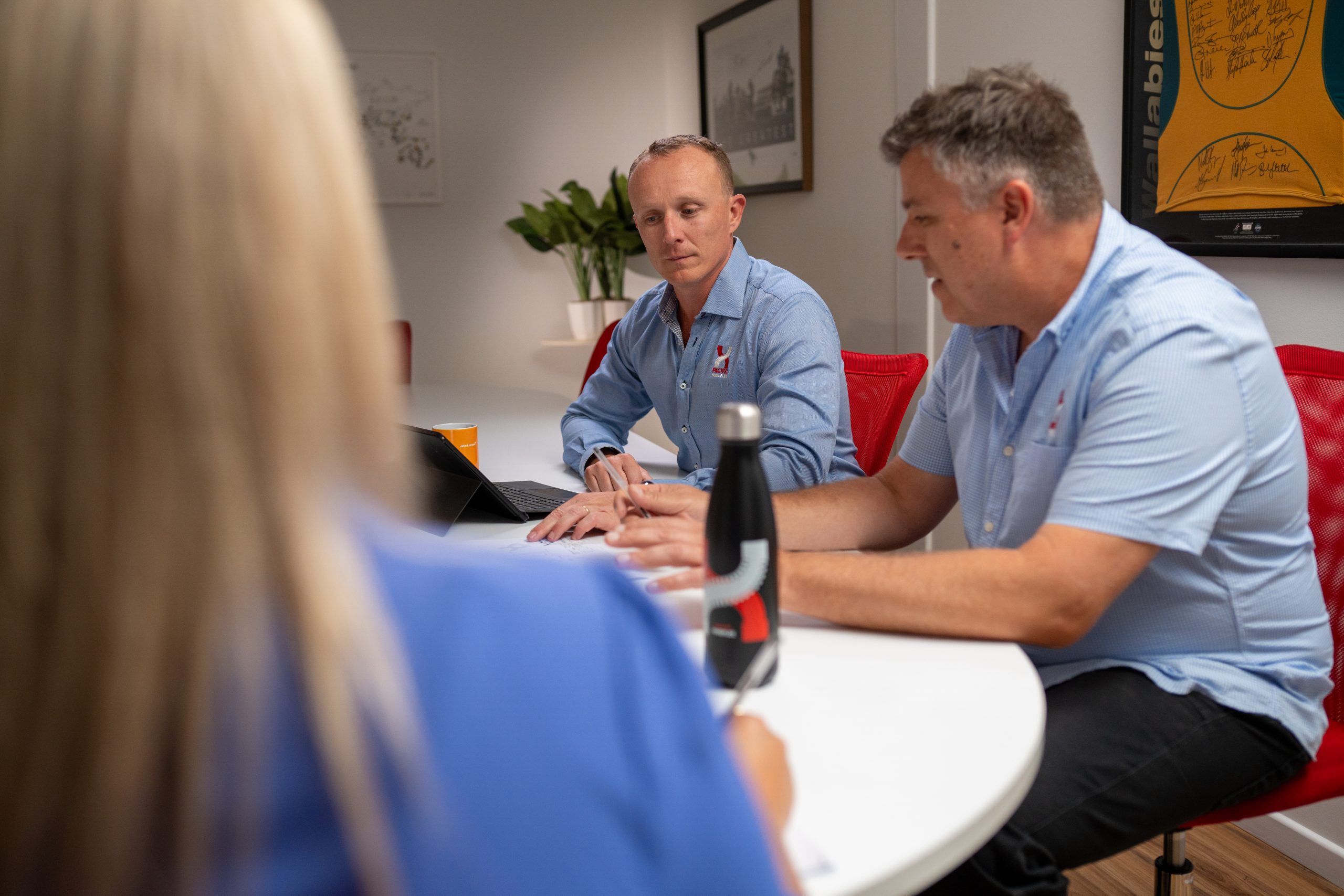The importance of ensuring your hoses perform at their best is undeniable. During manufacturing and industrial processes, their reliability and safety are essential as they play a vital role in ensuring a smooth operation. To guarantee their safety and reliability, thorough testing is required.
At Pacific Hoseflex, we prioritise reliable and accurate testing of our hoses to ensure they operate safely and efficiently. Let’s talk about the importance of comprehensive hose testing:
Hose testing for safety
Maintaining the safety of your operations and safeguarding the well-being of your staff is essential in industrial environments. When industrial hoses fail, it can lead to accidents, costly downtime and expensive repairs. By conducting testing, you can ensure the safety of your hoses and identify any possible issues before they escalate.
Hose testing for reliability
Reliability is crucial in hose applications as failure can result in significant losses. Testing can ensure the hose withstands the demands of its intended application.
Hose testing for compliance and quality assurance
Many industries must adhere to strict regulations and quality standards and testing is an essential part of quality control and compliance. Testing provides important documentation and a tangible record of your commitment to maintaining the highest level of safety and reliability in your operations.
Types of testing offered by Pacific Hoseflex
We offer non-destructive testing services to identify defects and weaknesses. Pacific Hoseflex provides accurate and reliable NDT for hoses, our comprehensive testing services include:
Pneumatic testing: A pneumatic test is done using a non-flammable gas like compressed air, nitrogen, Helium or Hydrogen to identify microscopic cracks and defects in pressure systems. This test method involves measuring the change in pressure inside the system over a time period.
Hydrostatic testing: Hydrostatic testing is where pressurised water is pumped into a leak-tight system. Once the system is pressurised the system can expand, forcing the water out of any possible crack, holes or defects. The amount of water that leaves and returns to the system is used to determine whether the tested system passes or fails the hydrostatic test.
PT – Penetrant testing: This testing method is mostly common in detecting hairline cracks, flaws, leaks, surface porosity, and fatigue on castings, forgings and welded surfaces. This test method is the lowest cost method after visual inspection as the operator only requires three solutions to complete the test.
MT – Magnetic particle testing: Magnetic particle tests can only be performed on ferromagnetic materials. This method is where a qualified operator places magnetic flux on the system and when applied a magnetic field and when a crack or other discontinuity is present, the magnetic flux leaks out of the system.
RT – Radiographic testing: This testing helps to establish the weld’s internal integrity without destroying the welded component. This is achieved by penetrating radiation through a solid object, in this case, a weld onto a photographic film, resulting in an image of the object’s internal structure being deposited on the film.
Continuity testing: This test method checks the amount of current in a system. This is completed by using multimeters and placing them across the chosen path. The calibrated multimeters will determine if the system has an open or closed circuit and the amount of resistance.
Third-party testing: We offer a range of third-party testing including NATA testing, DNV testing, Lloyds testing and NACE testing.
- NATA testing: This testing provides independent assurance of technical competence through a proven network of best-practice industry experts.
- DNV testing: DNV is an international certification body and classification society with its expertise in technical assessment, advisory, and risk management.
- Lloyds testing: Lloyd’s Register (LR) is a global engineering, technical and business services organisation dedicated to research and education in science and engineering. Lloyd’s has a long-standing reputation for integrity, impartiality and technical excellence. Lloyd’s compliance, risk and technical consultancy services give clients confidence that their assets and businesses are safe, sustainable and dependable.
- NACE testing: NACE testing focuses on cathodic protection, coatings for industry, inspection, corrosion testing, and material selection for specific chemical resistance.
Holiday testing: At Pacific Hoseflex, we carry out non-destructive Holiday (spark) testing to Holiday/Spark Testing Standard AS3894.1-2002/NACE RP0274-9. We apply a coating to a metallic substrate to prevent corrosion, reduce abrasion and reduce product contamination.
Oxygen cleaning: For pipe systems and components, we offer this unique service to ensure the product is safe for use in oxygen service and other critical applications. We can clean hose assemblies, expansion joints, pipework, valves, manifolds, fittings and custom fabrication.
Vacuum testing: To ensure efficient and dependable performance of hoses designed for vacuum or suction purposes, we offer vacuum testing. This testing is crucial when the intended application demands that the hose withstands collapse in suction and vacuum services.
Cycle testing: Pacific Hoseflex has the facilities, expertise and experience to conduct accelerated life cycle testing on a variety of fluid transfer products. Cycle testing is performed to evaluate and predict the reliability and durability of a product using accelerated stress conditions for each life-cycle phase.
Positive material identification (PMI): The process of identifying inadequate material grades is a key focus point of Pacific Hoseflex and our team goes above and beyond to ensure all products that leave our factory are of a high standard. XRF stands for X-ray fluorescence. It is a powerful, non-destructive technique for measuring elemental composition from Magnesium (Mg) to Uranium (U), from parts per million to 100%.
Our testing procedures
At Pacific Hoseflex, our testing procedures are conducted by a full-time Level 2 certified testing technician and Level 3 and NATA testing can be organised on request. Our testing equipment is calibrated and certified to comply with ISO 9001:2008 standards.
At Pacific Hoseflex, quality assurance, safety, reliability and compliance are at the core of our testing services. To ensure optimal performance, hose testing is essential. To learn more about our testing services, contact our experienced team today.


